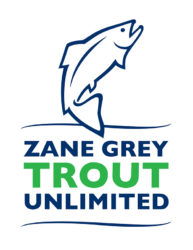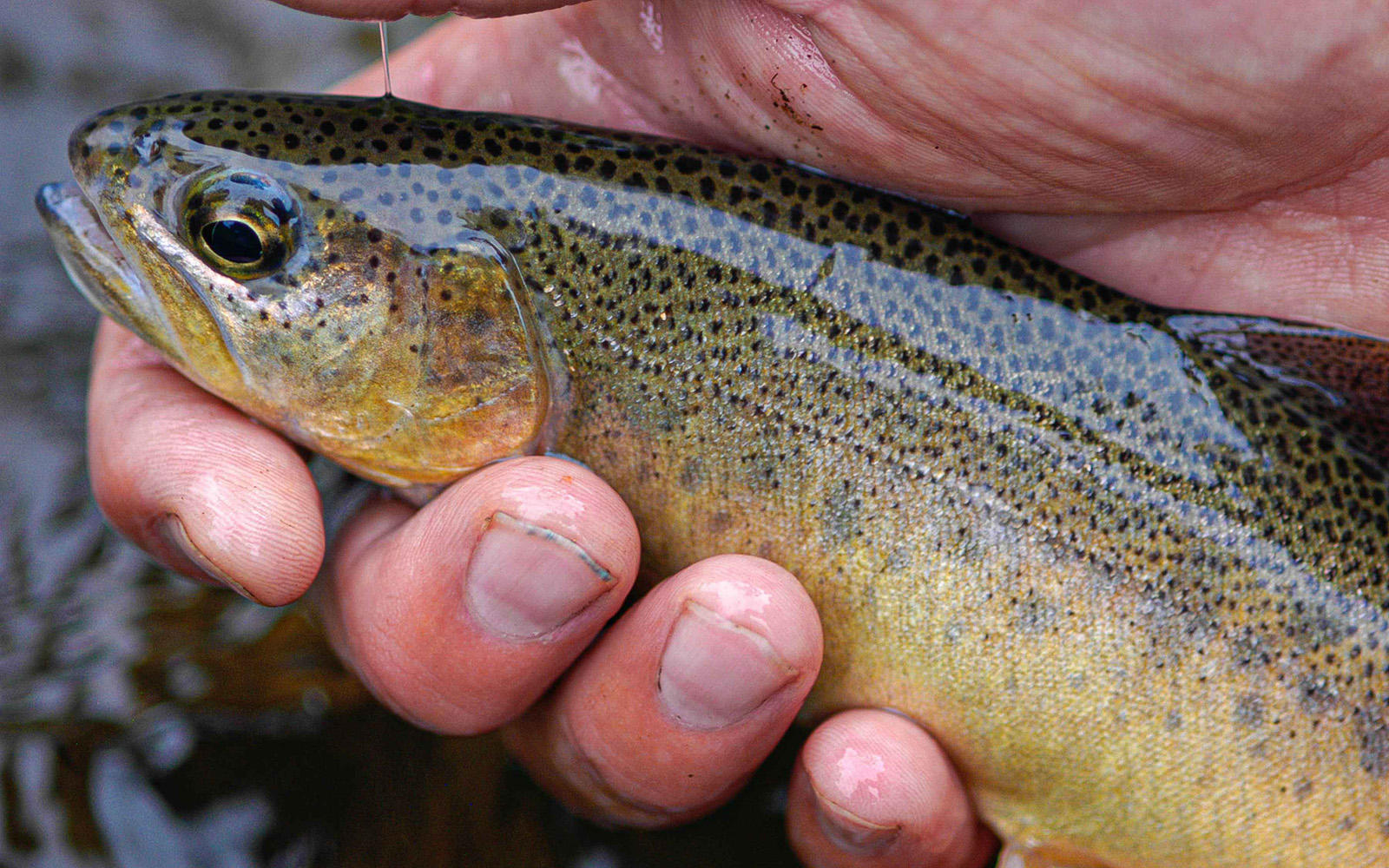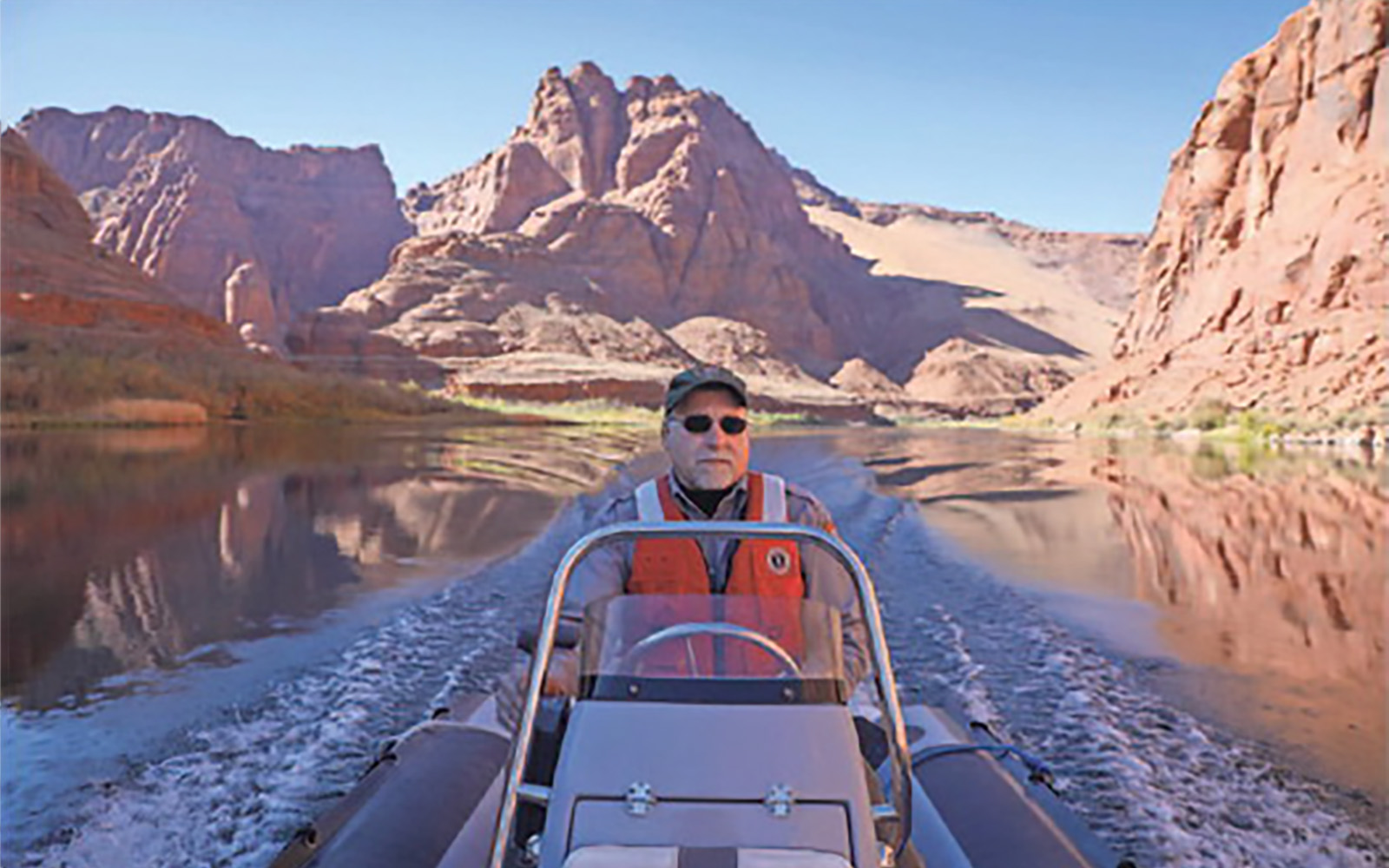Deep in the New Mexico desert, amongst Anasazi ruins and rough, wild country lurks the rarest of the rare.
Huddled as close to the fallen tree as we could get, Kirk and I looked at each other, our eyes wide with surprise and a touch of fear. The bullet had missed us by a wide margin, but the fact that we could hear it as it zinged overhead after the ricochet was unnerving.
“Wait for him to reload,” Kirk said. “Then we’ll get over that little rise and out of range.”
A few more shots rang through the trees along the creek bottom, and we could hear the lead crashing through the cottonwoods just a few dozen yards away. With each shot, we sank lower to the ground, making ourselves as small as we possibly could.
Finally, the shots ceased, and we popped up from the shelter and sprinted about forty yards over a small rise and out of the spray of handgun shots coming from the unknowing shooter. We hollered and yelled as we ran, but we suspected the target shooter was wearing earplugs as he or she clipped the trees from a nearby stretch of private land along the remote little creek, deep in the heart of southern New Mexico’s Gila country.
We’d spent a couple of hours driving a deeply rutted gravel road into the backcountry during the July monsoon season, and then hiked a few miles up a tiny creek that held one of the last stronghold populations of native Gila trout — one of only two trout subspecies native to the far southwest. The other native — the Apache trout — swims a bit farther to the west in Arizona. Both are rare, but efforts to recover them at that time were moving along nicely. We didn’t know that, years later, this little creek would fall victim to a hotter-than-hell wildfire, and the efforts to restore Gilas to this watershed would have to start all over from scratch.
And it’s not the first time a restored Gila population had to be brought back from the brink. Climate-induced wildfires are more and more common along the Mogollan Rim, and restored Gila trout streams have been in the crosshairs of wildfires a number of times. Thankfully, hearty Trout Unlimited volunteers have helped state fish and game managers salvage as many of the priceless fish as possible, rearing them in hatcheries until their wild habitat bounces back from its touch with inferno. Efforts to restore Gila and Apache trout continue today, even the face of ever-intensifying fires and a warming climate that’s noticeably different than it was even just a couple of decades ago.
But ignorance, at the time of our visit, was bliss. The bottom country around this remote stream north and east of Silver City was lush and green, not what you’d expect in the desert Southwest. Wildflowers soaked up the sunlight after a week of solid rain, and the grass along the trail draped over the bare dirt, disguising our path as we pushed deeper into the wilderness in search of these special trout.
Seven of us pierced the Gila wildlands that day, and, despite the best efforts of a clueless pot-shotter, all seven of us made it out without holes in our hides. We never figured out who was shooting or what they were shooting at.
But we did catch Gilas. Lots of them.
On the whole, they’re a pretty unremarkable fish, at least to look at. They look a little like their cousins to the north, the Rio Grande cutthroats, but without the heavy spots and, of course, without the tell-tale gill slash. They also resemble another Gila cousin — the rainbow, but without the red stripe. But, for small water, they were strong, thick-bodied, bronze-hued trout that put a good bend in a light, glass rod. And chasing them where they belonged, in this remote and wild country about a hundred miles from the Mexican border added to the adventure of checking another fish off the life list.
Kirk, at the time a guide, editor and freelance fly fishing writer, remarked more than once about the countryside and the sheer bounty of the mountains that sprang from the arid desert and pushed their way into the clouds. The summer monsoons — at times so torrential that every low spot on the map brimmed with standing water after a storm — greened up the landscape and pushed the Gila’s fauna into full view. We chased wild turkeys out of the piñons, spooked fat and happy mule deer and watched golden eagles ride the steamy thermals overhead.
After days spent hiking deep into the backcountry along the West Fork of the Gila River in search of brown trout, and touring Anasazi cliff dwellings abandoned for some unknown reason a thousand years ago, we rested our bones at the funky Gila Hot Springs Lodge, where good whiskey and warm water lulled us to sleep.
But the day I held that first Gila trout in my hands — a victim of a high-floating Adams — will always be special to me. Native trout, because they’ve been pushed into the recesses of their former ranges, are special creatures in a world where better is often measured by bigger. That’s certainly true in much of the Gila, where smallmouth bass and opportunistic browns now dominate the main stem of the Gila River. The native fish, pushed nearly into memory, now thrive only in tiny waters where the only people interested in seeing them rise to a fly are those of us willing to navigate treacherous mountain roads and then hike deep into the wild.
But what most folks don’t realize is that the trophy fish in today’s chopped up version of our country’s once-pristine heart aren’t the interlopers that’ll hit a popper in froggy water or chase a streamer in a deep hole under the highway bridge. The real trophies are the fish you can only get to with effort and tire rubber and locked-in hubs. And even then you have to park and walk, sometimes for miles, because that’s what it takes to experience the land as it was a century ago, or longer. And that’s the kind of land that nurtures the rarest of the rare.
Long live the Gila trout, and God bless the angler willing to chase them. As long as we walk the creekside trails and marvel at a creature so rare that it nearly winked out of existence, we know someone cares enough to check in on them now and then.
And as long as we tell our children the tales only these adventures spawn, we can rest knowing these fish have a future.
Click HERE for the full article by Chris Hunt in Hatch magazine.


